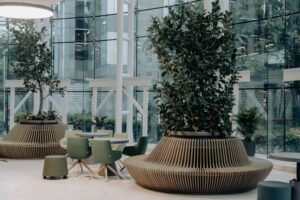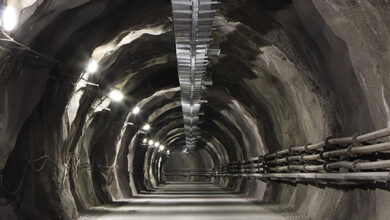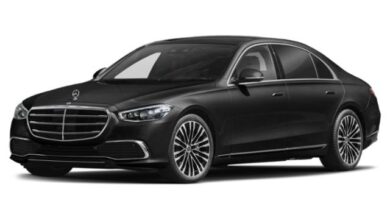The Future of Commercial Interior Design in Singapore: Trends and Innovations for 2024

Commercial interior design in Singapore is evolving rapidly, driven by technological advancements and changing work environments. As businesses seek to create spaces that foster productivity and creativity, interior designers are embracing new trends and innovations. Here’s a look at the future of commercial interior design in Singapore for 2024.
Key Trends in Commercial Interior Design
- Sustainable Design
Sustainability is at the forefront of commercial interior design. Companies are increasingly adopting eco-friendly practices and materials to reduce their environmental footprint.
Examples: Use of recycled materials, energy-efficient lighting, and sustainable furniture.
Impact: Enhanced brand reputation and compliance with green building standards.
- Flexible Workspaces
The shift towards hybrid work models has led to the demand for flexible workspaces. These spaces are designed to be easily reconfigured to accommodate different work styles and team sizes.
Features: Movable walls, modular furniture, and multipurpose areas.
Benefit: Adaptability to changing business needs and employee preferences.
- Technology Integration
Smart office technologies are transforming the way businesses operate. From automated lighting and climate control to advanced AV systems, technology is enhancing workplace efficiency and comfort.
Examples: IoT devices, AI-driven office management systems, and interactive meeting rooms.
Benefit: Improved productivity and energy management.
- Biophilic Design
Incorporating natural elements into the workspace is known to boost employee well-being and productivity. Biophilic design integrates plants, natural light, and natural materials into the office environment.
Examples: Indoor gardens, green walls, and large windows.
Impact: Reduced stress and increased creativity among employees.
- Wellness-Focused Spaces
Employee well-being is a top priority in modern office design. Wellness-focused spaces include features that promote physical and mental health, such as ergonomic furniture, relaxation areas, and fitness facilities.
Examples: Standing desks, meditation rooms, and onsite gyms.
Benefit: Enhanced employee satisfaction and reduced absenteeism.
Innovations in Commercial Interior Design
- Virtual Reality (VR) and Augmented Reality (AR)
VR and AR technologies are revolutionizing the design process by allowing clients to visualize and interact with their spaces before they are built.
Examples: Virtual walkthroughs, 3D modeling, and AR design tools.
Benefit: Improved client engagement and decision-making.
- Sustainable Materials
The use of innovative sustainable materials, such as biodegradable plastics and low-VOC (volatile organic compounds) paints, is on the rise.
Examples: Bamboo flooring, reclaimed wood, and eco-friendly fabrics.
Impact: Reduced environmental impact and healthier indoor environments.
- AI-Powered Design Tools
Artificial intelligence is being used to optimize space planning and design. AI tools can analyze data to create efficient layouts and suggest design improvements.
Examples: AI-based layout planning, smart color schemes, and predictive design analytics.
Benefit: Enhanced efficiency and creativity in design processes.
Case Studies
- Google Singapore Office
Google’s Singapore office is a prime example of innovative commercial interior design. The space features flexible work areas, extensive use of natural light, and advanced technology integration.
Design Elements: Open-plan layout, biophilic design, and ergonomic furniture.
Outcome: Increased employee collaboration and satisfaction.
- Facebook Singapore Office
Facebook’s office in Singapore is designed to reflect its dynamic and creative culture. The space includes flexible workstations, collaborative areas, and state-of-the-art technology.
Design Elements: Modular furniture, vibrant color schemes, and interactive meeting rooms.
Outcome: Enhanced creativity and productivity among employees.
Conclusion
The future of commercial interior design in Singapore is exciting and dynamic, with a strong focus on sustainability, flexibility, and technology integration. By embracing these trends and innovations, businesses can create workspaces that not only enhance productivity but also promote employee well-being. As we move into 2024, the emphasis on creating adaptive, healthy, and smart work environments will continue to shape the landscape of commercial interior design in Singapore.


